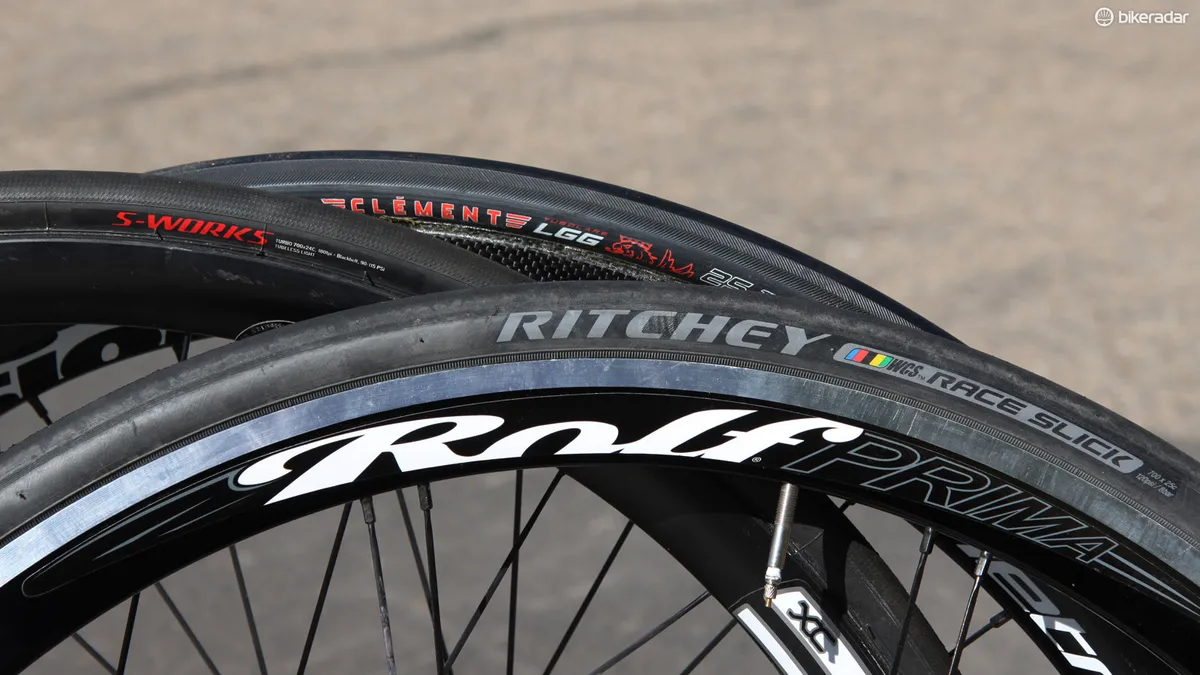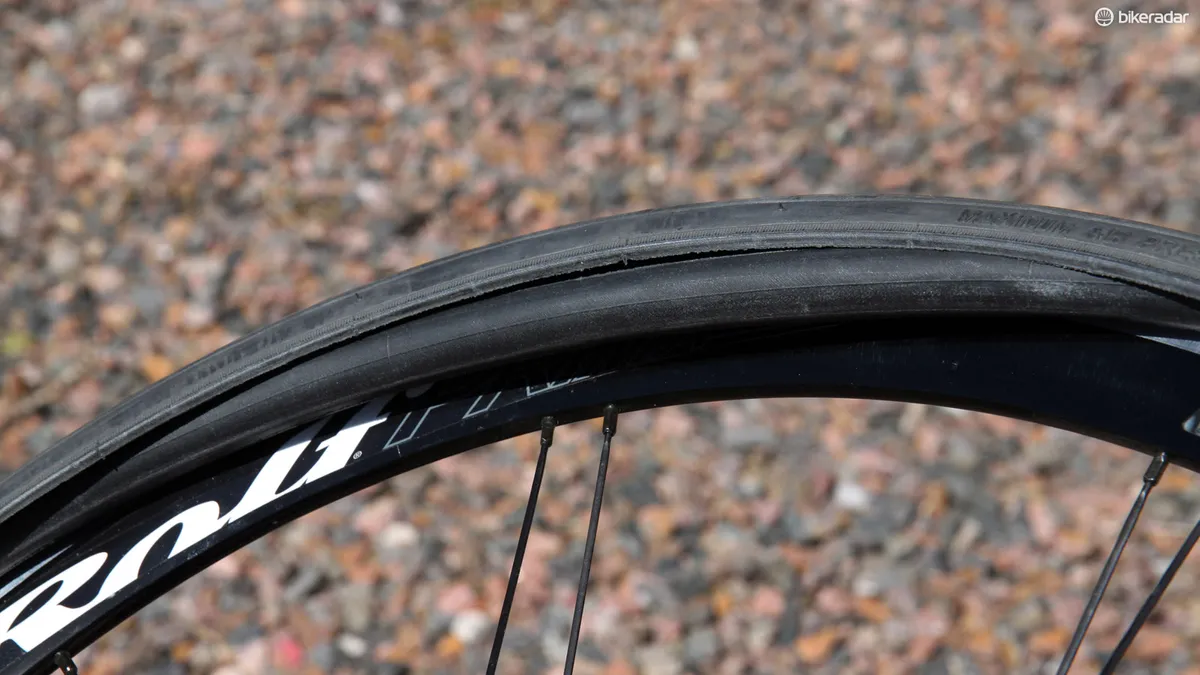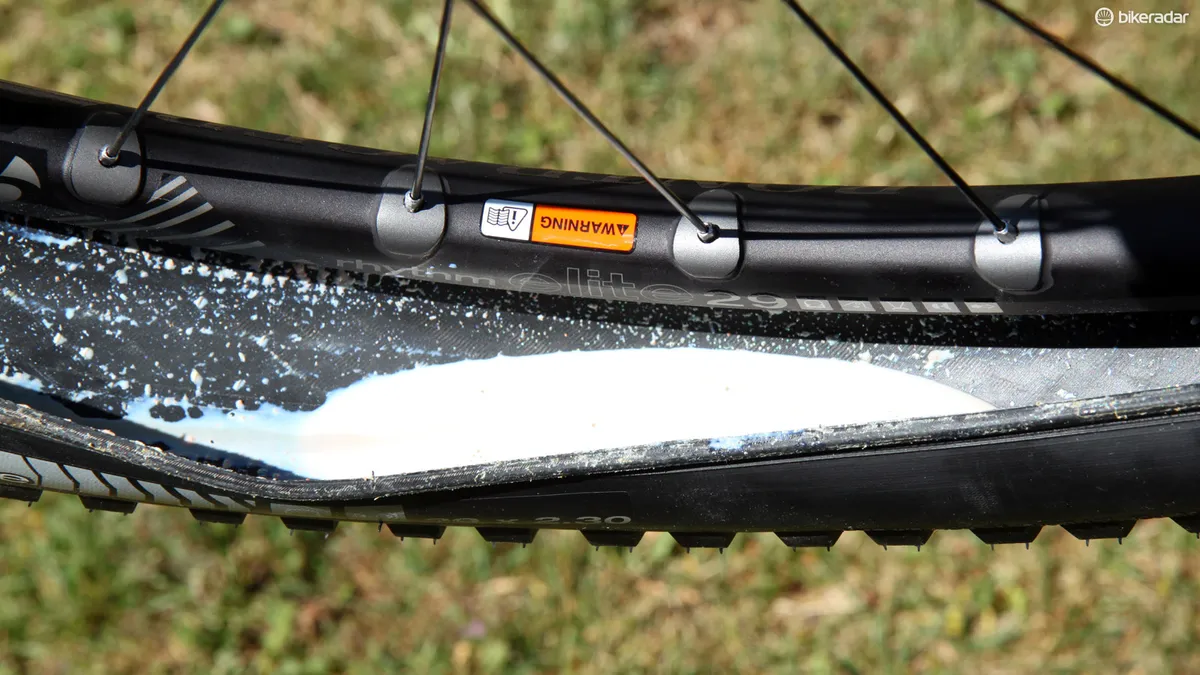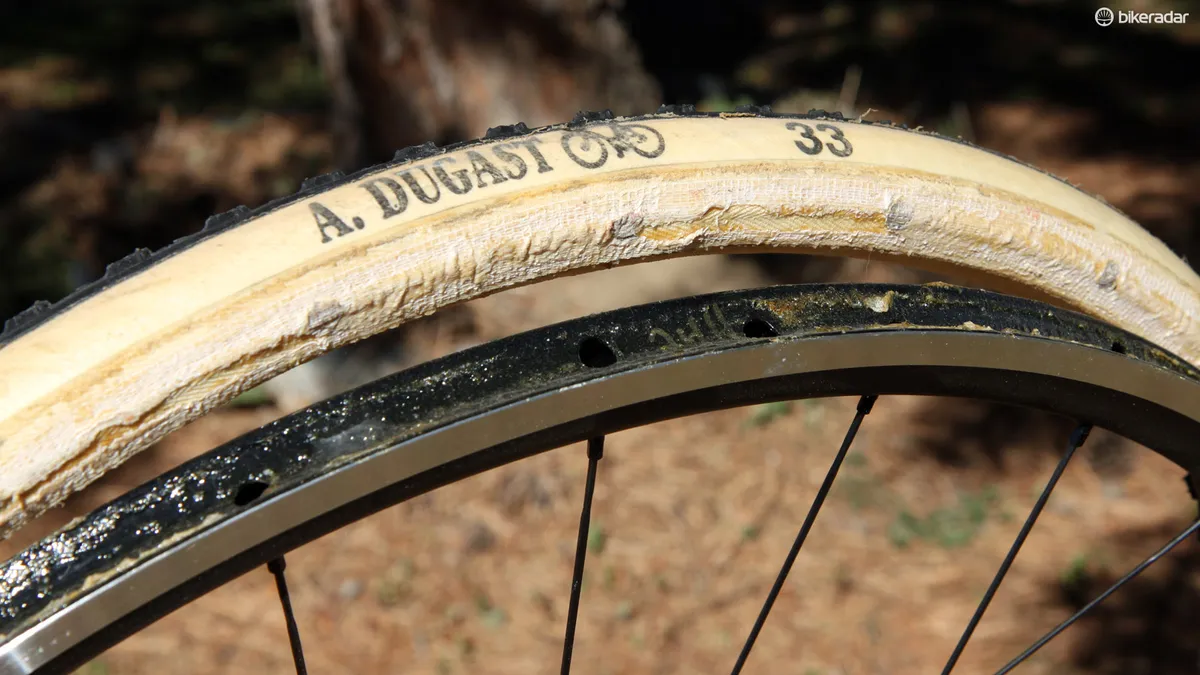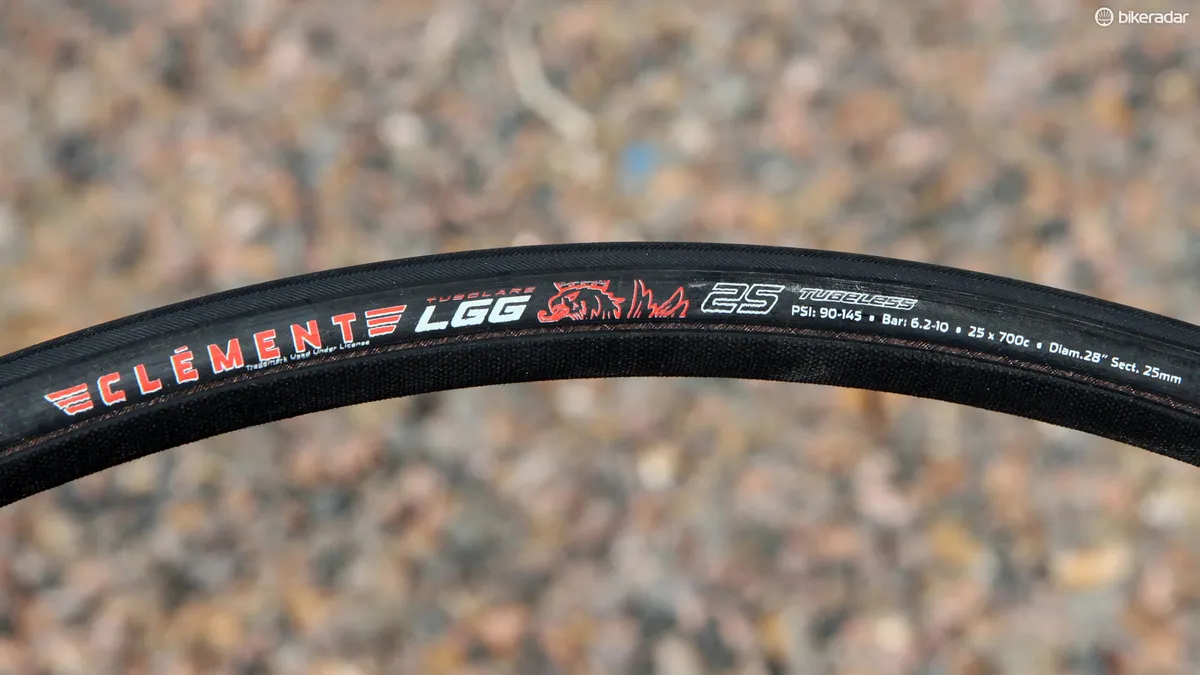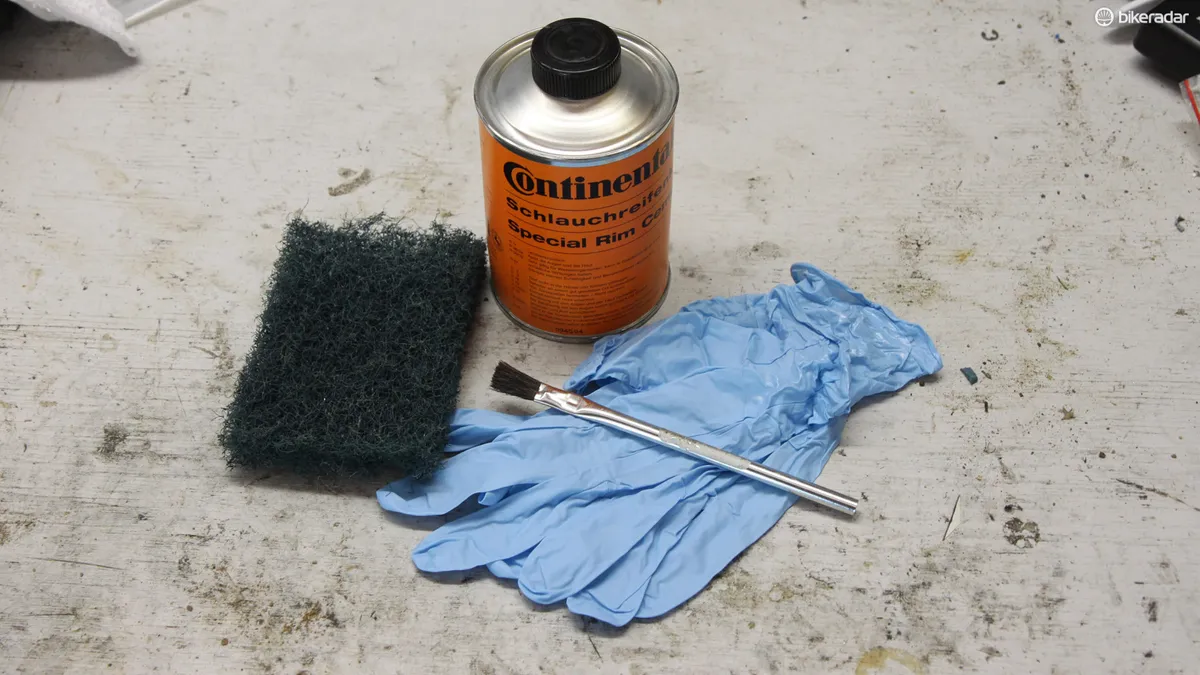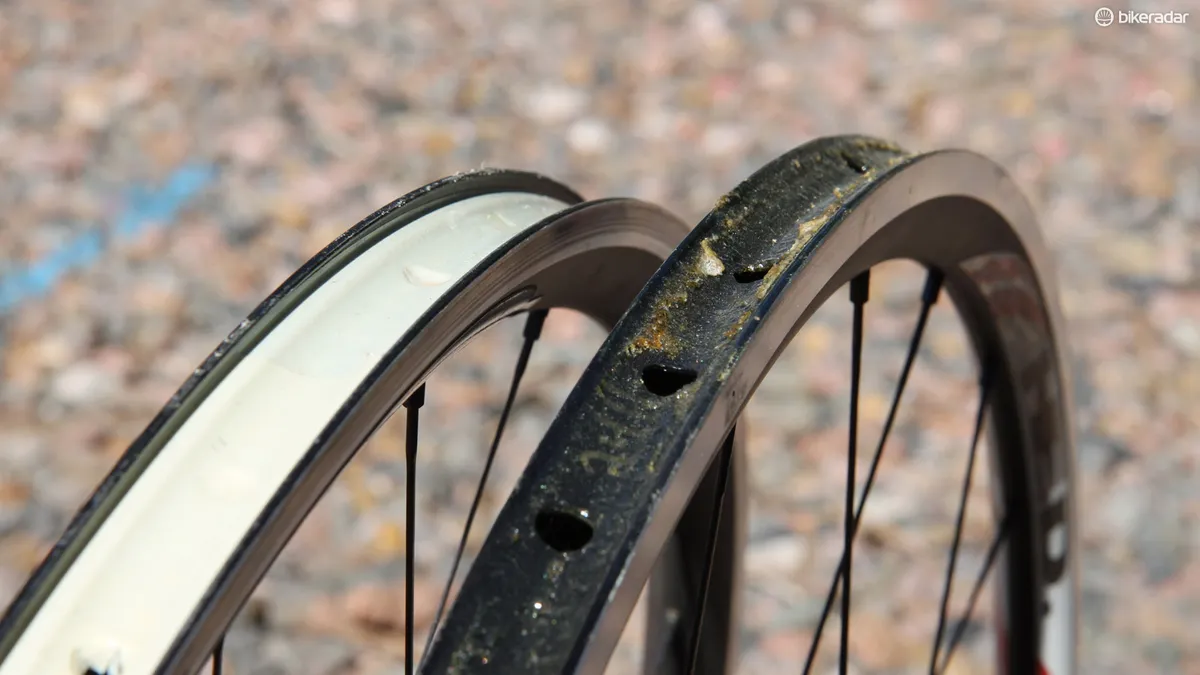One of the most common questions I receive from readers is on tyre types for road, mountain, and cyclocross bikes. Should you go with tubes, tubeless, or tubulars? Unfortunately, the answer is usually, 'it depends'. Every rider will have specific requirements and local conditions that may stray toward one choice or another, but here's some information that might help you make the right decision for you.

Tubes
- Pros: Easiest to maintain and install; cheap; huge range of widely available equipment options; consistent and reliable
- Cons: Prone to pinch flats and punctures; doesn't allow for very low operating pressures; can negatively affect ride quality depending on tube choice and/or installation process
- When I use it: Most road riding
Inner tubes have been around for ages and they're not going away any time soon. They're by far the easiest of the three options to learn and live with, they're inexpensive to buy and repair (learn to patch your tubes, people!), the system is refined and reliable, they work consistently, and you can find them at virtually any bike shop or big-box store.
Should you want them, there's also a huge diversity of high-performance options that are reasonably competitive with tubeless or tubular tyre setups in terms of weight and ride quality. In some cases, they're even better.
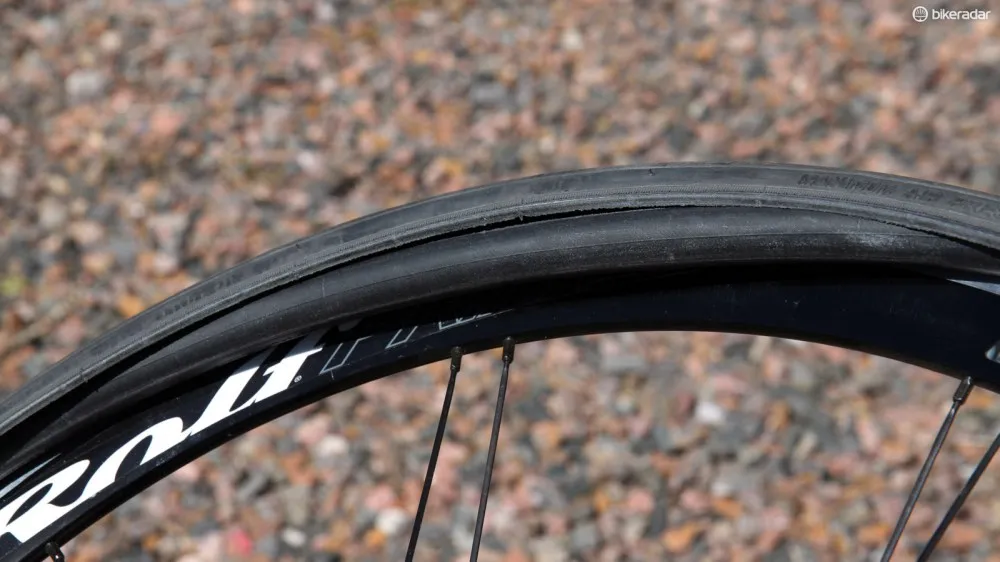
So why would you want to bother with anything else?
Well, their susceptibility to pinch flats means you can't run them at very low operating pressures – a key performance requirement for cross country and cyclocross racing – and they don't readily self-repair if you get a puncture. Cheaper tubes made with thicker rubber can detrimentally affect performance, too, with additional rotating weight and noticeably increased rolling resistance.
Even so, the list of cons is relatively short – and pretty minor. As a result, I still usually go with tubes on the road (albeit very lightweight ones). For many riders, they're often the most practical choice for mountain bike and cyclocross use, too, unless you're riding in areas that are particularly littered with rocks and other sharp bits.
Tubeless
- Pros: Allows for very low operating pressures with proper setup; possibility for self-repair; potentially very low rolling resistance and weight
- Cons: Can be messy; inconsistent fit and reliability; more expensive than tube-type tyres; can sometimes require an air compressor for installation
- When I use it: All MTB, most CX, some road
As the name suggests, tubeless tyres use no inner tube at all, instead relying on the tyre and rim themselves to form an airtight chamber. With no tube to pinch or puncture, tubeless systems are inherently less susceptible to flats and – with the help of a little bit of liquid latex-based sealant – also have the ability to self-repair smaller holes, which can be an absolute godsend for riders in desert climates rife with thorns, needles, and goatheads.
Since the tyre casing is far harder to pinch flat than an inner tube, tubeless systems can also be run at much lower operating pressures than tube-type tyres, which provides a major advantage on the trail or cyclocross course in terms of traction and ride comfort – and even on the road when you'd rather just ride instead of worry about getting a flat. Whereas I can typically only get away with just below 30psi on local trails (in Colorado) when running tubes, for example, I can consistently – and safely – run in the low 20s on a tubeless setup.

Good tubeless setups can also deliver fantastic performance with less weight and rolling resistance than tube-type systems. While true tubeless tyres are typically quite stiff and heavy owing to their fully rubber-coated interiors, so-called 'tubeless ready' tyres save weight by using the same thin casings as tube-type tyres.
Provided you're careful with how much requisite liquid sealant you add, these systems can end up feathery-light while the thin and supple casings suck up negligible energy as you roll along. When and if you do get a flat that won't self-repair, you can stick in a tube as usual.
Tubeless tire systems are far from perfect, however. Despite more than a decade of development, the quality of fit between the rim and tyre can be inconsistent – particularly for anything that doesn't bear the industry-standard UST or Road Tubeless labels. This can lead to a poor seal that's difficult to inflate initially or can 'burp' under hard cornering loads. The liquid sealant means that tubeless tyres can be awfully messy, too.
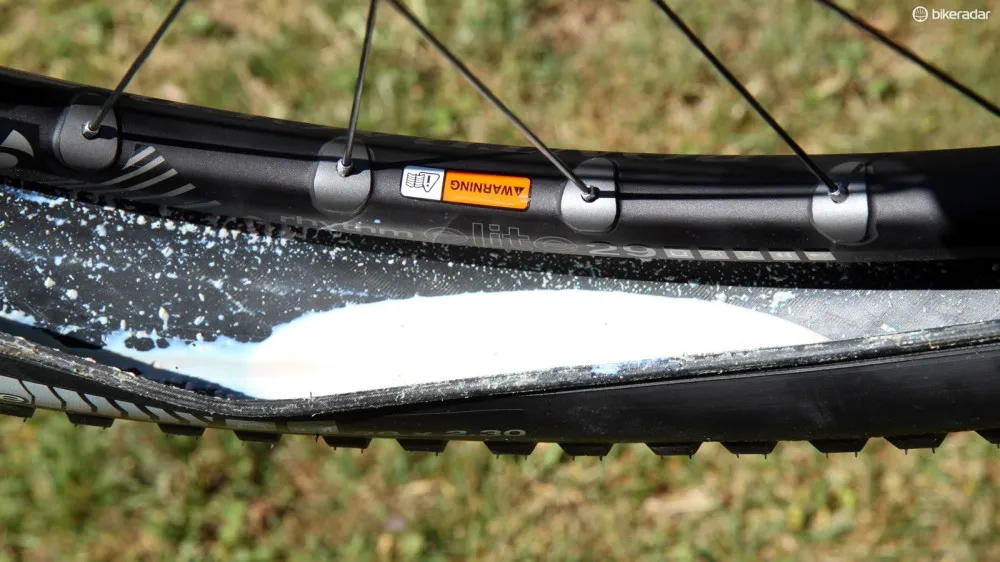
I've learned the ins and outs of a quality setup over the years so my personal list of tubeless cons is awfully short – but that's not to say there isn't a learning curve involved that many riders simply aren't willing to deal with. That said, tubeless is my default configuration for mountain bikes given the exceptionally rocky (and pointy) terrain I have here in Colorado, and it's also become my standard setup for cyclocross racing for the past couple of seasons.
Tubular
- Pros: Lightest possible wheel-and-tyre combination; allows for extremely low operating pressures; nearly impossible to pinch flat; tyres are generally higher quality with more supple casings, improved grip, better ride quality; safer when flat
- Cons: Time- and labor-intensive installation; expensive; can't quickly swap treads/tyres; difficult to repair if punctured
- When I use it: Muddy cyclocross races only
Tubular tyres are odd beasts to say the least. While they use inner tubes like the tube-type clincher tyres I described above, they're stitched into a fully enclosed casing that is then glued to the rim. The process is cumbersome and time intensive, the glue can be awfully messy (and inordinately difficult to remove), and they can be downright dangerous if they aren't installed properly.

The nature of that attachment means that tubulars can't quickly be swapped to adjust for different conditions on race day, and since the tube is sealed inside the casing, they can't easily be patched in the event of a puncture (although some are more amenable to preventative sealant than others, which can help).
One might rightfully wonder, then, why anyone would bother with such a thing (and I increasingly often ask myself the same question).
The answer can be summed up in one word: performance.
Tubulars yield the lightest possible wheel-and-tyre system because there are no mechanical structures needed to join the two together, plus the glue itself weighs virtually nothing. Take, for example, Zipp's 303 Firecrest carbon road rims, which weigh 1,570g per set in clincher form but just 1,335g for the tubular variant – and all of that difference is out at the rim where it matters most.
They can also be run at ludicrously low pressures as the tyres aren't reliant on air pressure to stay on the rim for the ultimate in potential traction on tricky mountain or 'cross courses. Since tubulars tend to be niche items, they're usually more expensive than clinchers but their casings are also often softer and more flexible so as added bonus, they generally roll faster, grip better, and ride more comfortably.
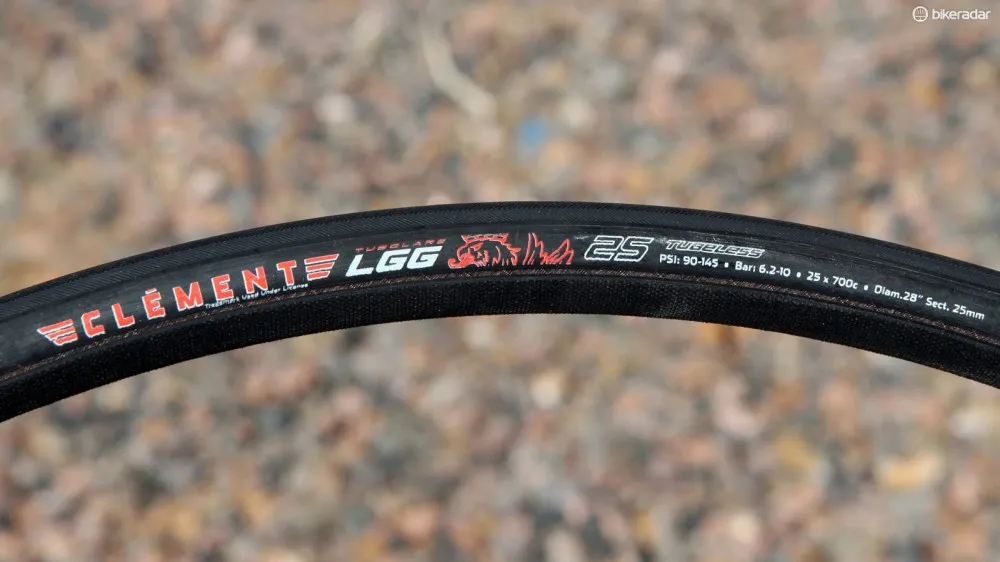
Pinch flats are highly unlikely in most situations, too, since there are few – if any – sharp edges on the rim. If and when the tyre does lose air, the fact that the tyres are glued on to the rim means there's less of a chance you'll instantly be left skidding across the ground on bare aluminium (or carbon).
Still, tubulars' associated hassles keep me away from them for all but the most demanding situations. Top professional road, cyclocross, and even some cross country mountain bike racers still use tubulars more often than not but then again, they often have someone else doing the dirty work. These days, I only run tubulars for muddy 'cross races where traction can easily make the difference between staying upright and eating a mouthful of dirt.
And the winner is…
So which option is best for you? As I said in the beginning, it depends. But hopefully now you're better equipped to make a logical decision for your particular situation. Ultimately, you may find yourself going with all three.
What works best for you and why? Feel free to chime in in the comments section below.
